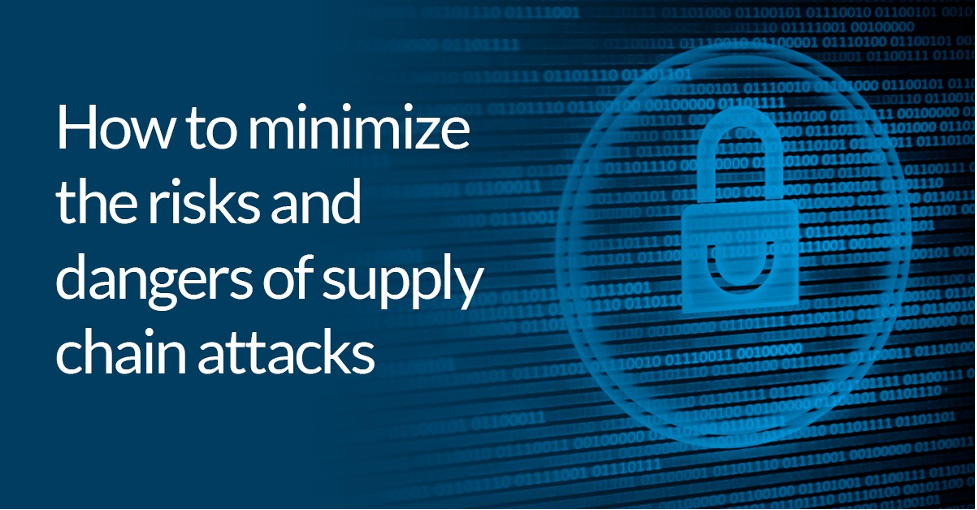Every kind of organization whether small or large, whether physical or digital, trading goods or services, has some sort of supply chain in place. Larger corporations may have an extensive supply chain consisting of vendors from all over the world, smaller companies may have a supply chain that is limited to a regional or national level.
Regardless of the size or nature of the company, the supply chain is often a weak spot in its structure and can be exploited by attackers to cause harm to the company.
How Do Supply Chain Attacks Work?
Essentially, supply chain attacks are all about compromising a weakness in the security infrastructure of an organization. More specifically, they capitalize on the weakness of suppliers in the supply chain. In some cases, the main company which is the main target has strong security measures in place and it would be difficult to directly attack and try to gain access to their network. An easier approach is to target weaker members of the supply chain who also have access to the main company network or infrastructure, but don't have any strong defenses in place.
Attackers aim to disguise their malware in software updates issued by vendors, files exchanged between vendors and the end client and they may also try to directly launch their infected files onto the end clients' network through the connection shared by the end client and the vendor.
The malicious files could aim to destroy data on the company’s servers, take the data hostage, or spy on information and gather critical data.
Once the attackers have developed a path of communication with the company's digital infrastructure, the possibilities are endless.
How To Prevent Supply Chain Attacks
- Keep An Eye On Things
Consistent monitoring of the entire supply chain and each element in the supply chain is necessary to ensure that weak points can be minimized.
The first step should be to properly evaluate each participant in the supply chain and look at the kind of security measures they have in place and how effective those measures are. Some suppliers may have measures in place which are as good as not having any. Free solutions are not the way to go, you need solid measures which deliver real-world performance. This allows vendors to ensure their own safety and also plays an active role in keeping everyone else in the supply chain safe.
- Use Best Practices
Take the time to properly evaluate key areas of your supply chain and consider which are the weakest areas that pose the highest level of threat.
With these identified, you can proceed to create processes that will take into account these weak spots and develop a method that is secure and can better protect all parties involved. Each supplier may have different weak areas and will have to be dealt with on an individual level. This can be a time-consuming process however the time invested pays many folds when you can develop a mechanism that can counter attacks and limit data leakage.
- Maintain SOP’s and Backups
Informing and educating employees and all the people who interact with the supply chain about the standard operating procedures is key to a well-rounded cybersecurity protocol. A security protocol is only as effective as how effective users make it with proper use.
Moreover, even with the right systems and procedures in place, the possibility of a system breakdown or an attack and infiltration can never be completely side-lined. A vital component of a security protocol is to have recovery options in place and regular backups taken of the entire system. It is also not a bad idea to audit all data and information that is backed up to ensure that it is safe, clean, and secure to be used as a restore point in the future.



 714-333-9620
714-333-9620